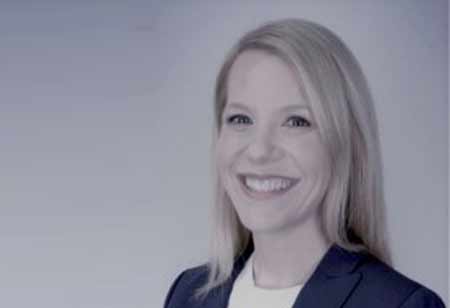In a financial advisory firm, one bedrock business decision is where to custody client assets. Working with a particular custodian means shaping business processes to harmonize with its particular systems. At Johnson Financial Group, for example, we have more than a dozen separate workstreams—from account opening to trading, monitoring, reporting, and many more—that heavily involve our custodian partners.
Three years ago, I joined Johnson Financial Group, knowing my new colleagues and I were about to embark on a multi-year project to transform the business. Most firms work with one main custodian. We had four, not including a number of ancillary providers. So, all those workstreams were necessarily different for the various parts of our business. That limited cross-collaboration opportunities among, for example, our bank trust teams and our registered investment advisor (RIA) teams.
Our objective was to find a single custodian that could serve all our clients’ needs. Our strategy was to build a cutting-edge RIA platform that embraced our trust and other banking-related work. The resulting synergies would be possible only in a bank-based setting, enhancing the competitive advantages that made us the largest RIA in Wisconsin.
But how do you completely transform your workflows while continuing to serve clients? This is not like taking a car to a specialist to install a new, more powerful engine. In that case, the car is out of commission for a few days. In our case, we needed to keep serving clients daily throughout a years-long process that demanded much of many.
We’re now three years in. We had a year of due diligence followed by a year of planning. Now we are finishing the first of two years of execution. In football terms, we’re reaching the red zone. By the end of the fourth year, we’ll have all client accounts transitioned to our new custodian. We’ll have streamlined workstreams. We’ll have a simplified technology stack in place with far better integration with our web portal and more.
“When the going’s been rough, we keep our eyes on the horizon.”
However, none of this is to say that the transition has been easy. Scoring out all those workstreams—and how they can be better—is hard enough. To let go of doing things in familiar ways is harder yet!
We’ve learned a lot through this process. Some of the most important lessons are about serving clients effectively during such a dramatic business transformation. The following are four that stand out.
Hire a highly skilled temporary support team.
We run lean organizationally, so perhaps we were prone to underestimating the additional people we’d need to support a project this large. We engaged temporary employees who contributed excellently to project-related work but needed more of them. Increasing the proportion of highly skilled temporary-employee contributors would also be helpful.
This could have helped reduce burnout among permanent employees who fulfilled the ongoing client commitments of their regular work by putting in too many extra hours. To the greatest extent possible, let permanent staff focus on ongoing business rather than project-specific work.
Prioritize up front.
In our planning work, we identified 18 different workstreams affected by this project. We laid each of them out in detail. We evaluated what portions were in scope, which were out of scope, and which were the highest priority.
Those priority rankings turned out to be essential. We regularly had to put one thing on hold to focus on another. We thought we’d be able to deliver ten aspects of a workstream but could, in the end, only focus on eight.
In a big project, you will have to make many decisions on the fly—so be ready. Sometimes, letting something go is necessary to preserve focus on serving clients now.
Keep timelines flexible at first.
Part of reprioritizing is shifting time. Even carefully set plans don’t end up coming to fruition just as envisioned. We learned early on to accommodate that fact. We learned to stay general when talking about expected timelines with our internal teams and external vendors (including past and new custodians).
It’s easier to manage delays if you’ve avoided getting too specific too soon. That goes double for clients.
Don’t aim for perfection.
Aiming for perfection leads to paralysis. That’s especially true on the client front, where our desire to ensure smooth transitions is stronger than anywhere else. For example, no one wants to go to clients more than once with the paperwork necessary to approve moving accounts.
However, even more, important to share the big picture with clients—not just once, when ready with paperwork—but along the way. We want clients to understand that our business strategy is all about serving them as well as we possibly can. If they understand that, they’ll see the hassles of moving accounts in a larger context.
Closing thought
When the going’s been rough, we keep our eyes on the horizon. We’re one year from full execution. A year beyond that, what’s new will have become familiar—and we’ll have the benefits of better systems, more collaboration, and stronger competitive advantages.
--
Amy Jansen is Senior Vice President, Wealth Product Management at Johnson Financial Group.












